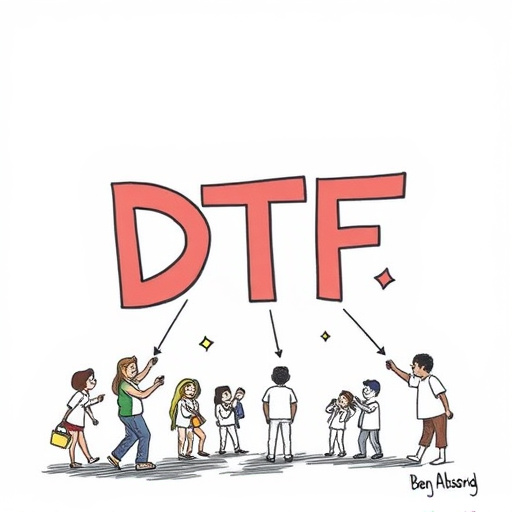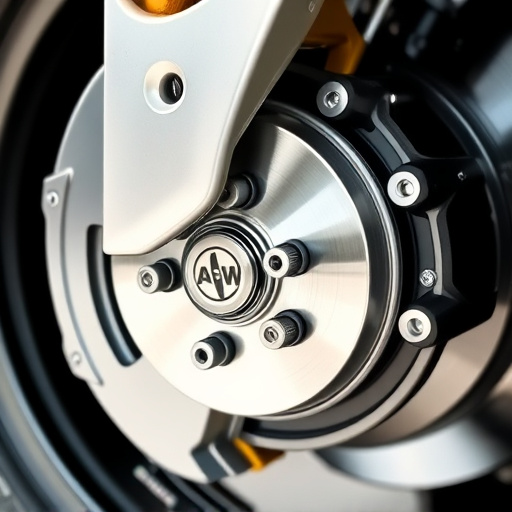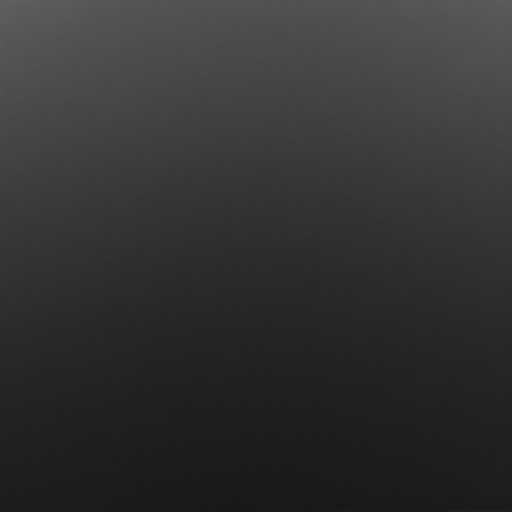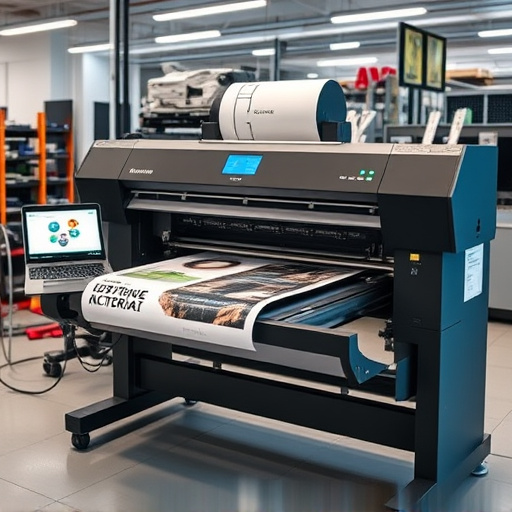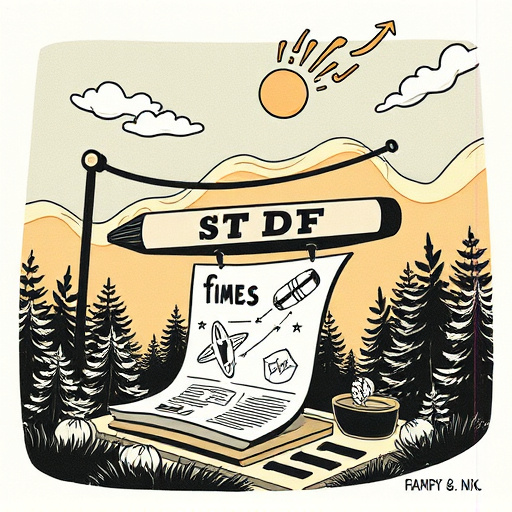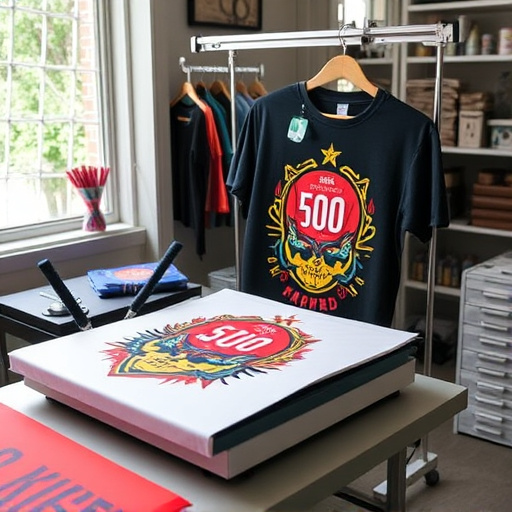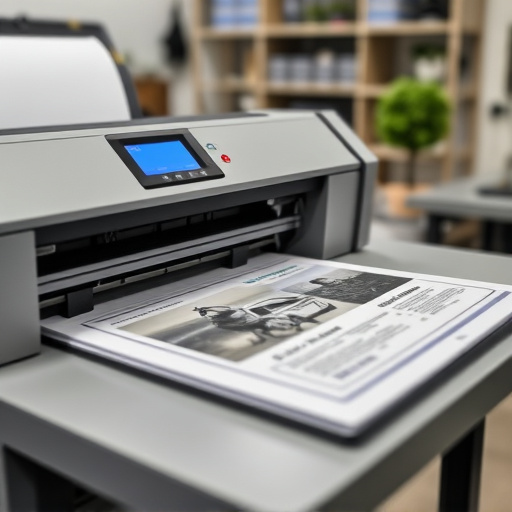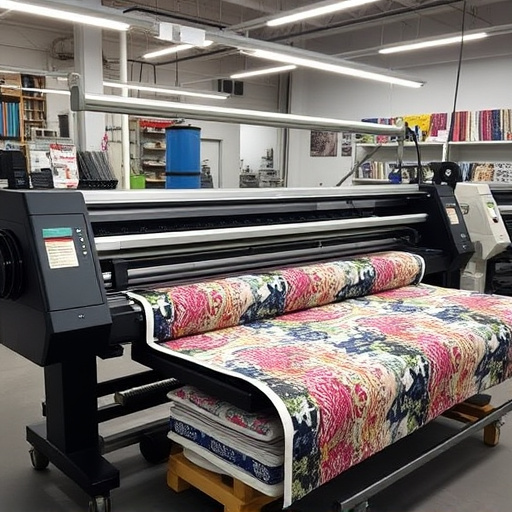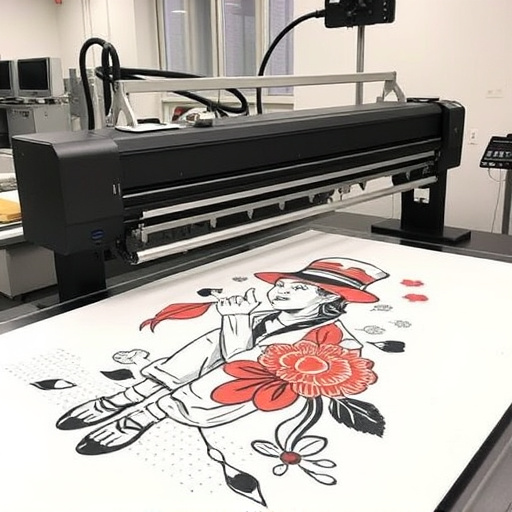DTF Cotton Printing revolutionizes apparel by applying ink directly to fabrics using a heat press, offering a fast, versatile, and vibrant alternative to traditional methods. With superior color reproduction, intricate design capabilities, and reduced setup time, DTF is ideal for small businesses producing personalized cotton t-shirts or light fabrics like hoodies, despite potential durability limitations.
In the realm of textile printing, DTF (Direct to Fabric) cotton printing has emerged as a modern game-changer, revolutionizing the way we adorn our garments. Unlike traditional printing methods, DTF offers a direct and efficient approach, allowing for vibrant, lasting designs on cotton fabrics. This article explores this innovative technique, delving into its understanding, comparing it with legacy methods, and analyzing its advantages in terms of quality, speed, and cost-effectiveness. Discover why DTF cotton printing is becoming the go-to choice for many designers and manufacturers alike.
- Understanding DTF Cotton Printing: A Modern Approach
- Traditional Printing Methods: The Legacy Techniques
- Comparative Analysis: Advantages and Disadvantages
Understanding DTF Cotton Printing: A Modern Approach
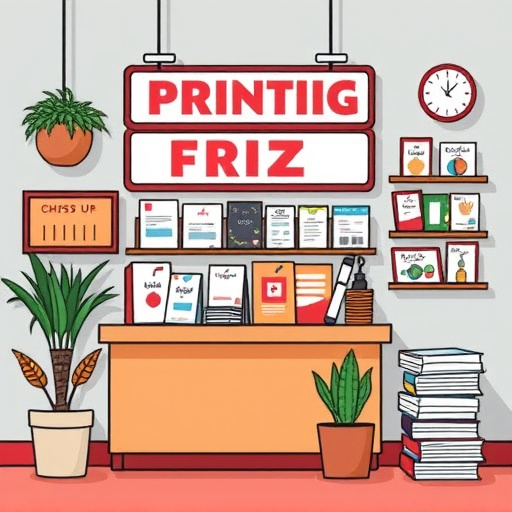
DTF Cotton Printing: A Modern Approach
Direct to fabric (DTF) cotton printing is a cutting-edge technique that has revolutionized the custom apparel industry. Unlike traditional printing methods that often rely on intricate screens and limited color options, DTF offers a straightforward and versatile alternative. This process involves applying ink directly onto the fabric using a heat press, enabling printers to achieve vibrant, high-resolution designs with ease. The beauty of DTF lies in its ability to print on various fabrics, including cotton t-shirts, allowing for unique and personalized creations.
This modern approach streamlines the printing process, reducing setup time and making it an attractive option for small businesses and entrepreneurs. With a wide array of colors and designs available, DTF caters to diverse creative needs, from simple text to complex illustrations. Moreover, its suitability for t-shirts has made it a game-changer in the fashion sector, where cold peel DTF transfers have gained popularity due to their ease of application and long-lasting durability.
Traditional Printing Methods: The Legacy Techniques

Traditional Printing Methods have long been the staple of the apparel industry, offering a range of techniques that have stood the test of time. These legacy methods include screen printing, heat transfer, and direct to garment (DTG) printing for light fabrics, each with its own unique advantages and applications. Screen printing, a process that involves pushing ink through a mesh screen onto the fabric, is renowned for its vibrant colors and durability, making it popular for creating designs on heavier materials like hoodies and T-shirts. Heat transfer printing, another conventional method, utilizes special paper and heat to fuse graphics onto fabrics, offering a cost-effective solution for custom apparel.
Despite their reliability, traditional printing methods often involve lengthy set-up times, limited color accuracy, and restrictions in terms of design complexity and fabric types. This is where DTF Cotton Printing emerges as a modern game-changer. By employing digital technology, DTF printing allows for precise, high-resolution prints on a variety of fabrics, including cotton. It offers a faster turnaround time, superior color reproduction, and the ability to incorporate intricate designs, making it an attractive option for both small-scale and large-scale custom apparel production, especially for dtf printing for hoodies and other light fabrics.
Comparative Analysis: Advantages and Disadvantages
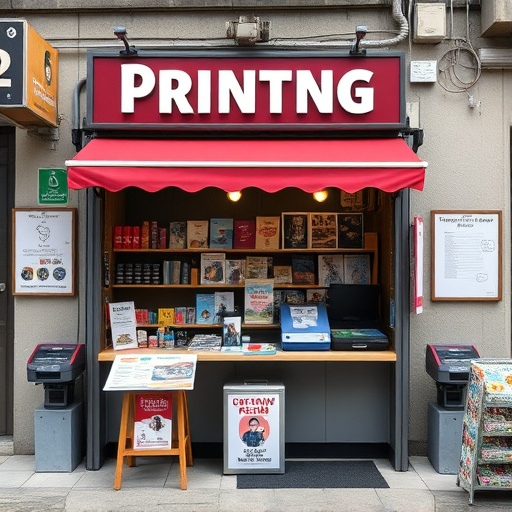
The advent of Direct to Fabric (DTF) cotton printing has revolutionized the textile industry by offering a versatile and efficient printing method. When compared to traditional printing techniques, DTF stands out for its ability to print on various fabrics directly, eliminating the need for intermediate steps. This process involves using specialized dtf heat transfer paper or dtf transfer sheets that allow for crisp, vibrant prints even on cotton materials.
One of the key advantages of DTF printing is its speed and convenience. The direct application method reduces production time significantly compared to screen printing or digital printing on fabric. Additionally, DTF offers a wide range of design possibilities, accommodating both simple and complex artwork with excellent detail retention. However, it’s essential to consider the limitations; for instance, while cold peel dtf transfers provide ease in removal, they might not be as durable as traditional methods, especially under harsh conditions or frequent washing.
DTF (Direct-to-Fabric) cotton printing has emerged as a modern, innovative approach to textile design, offering unique advantages over traditional printing methods. Its ability to produce high-quality, vibrant prints on demand sets it apart in today’s market. While traditional techniques have their place in the industry and remain popular for certain styles, DTF cotton printing provides faster turnaround times, greater flexibility, and improved sustainability. As we move forward, embracing this cutting-edge technology could very well be the key to staying ahead in the fashion and apparel industry.
